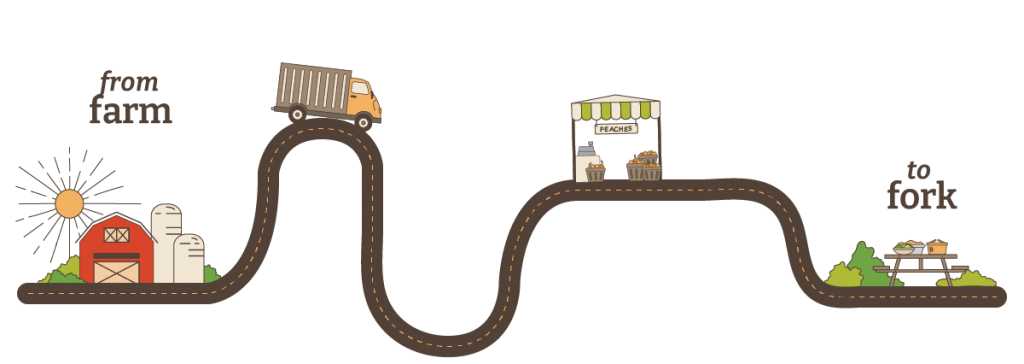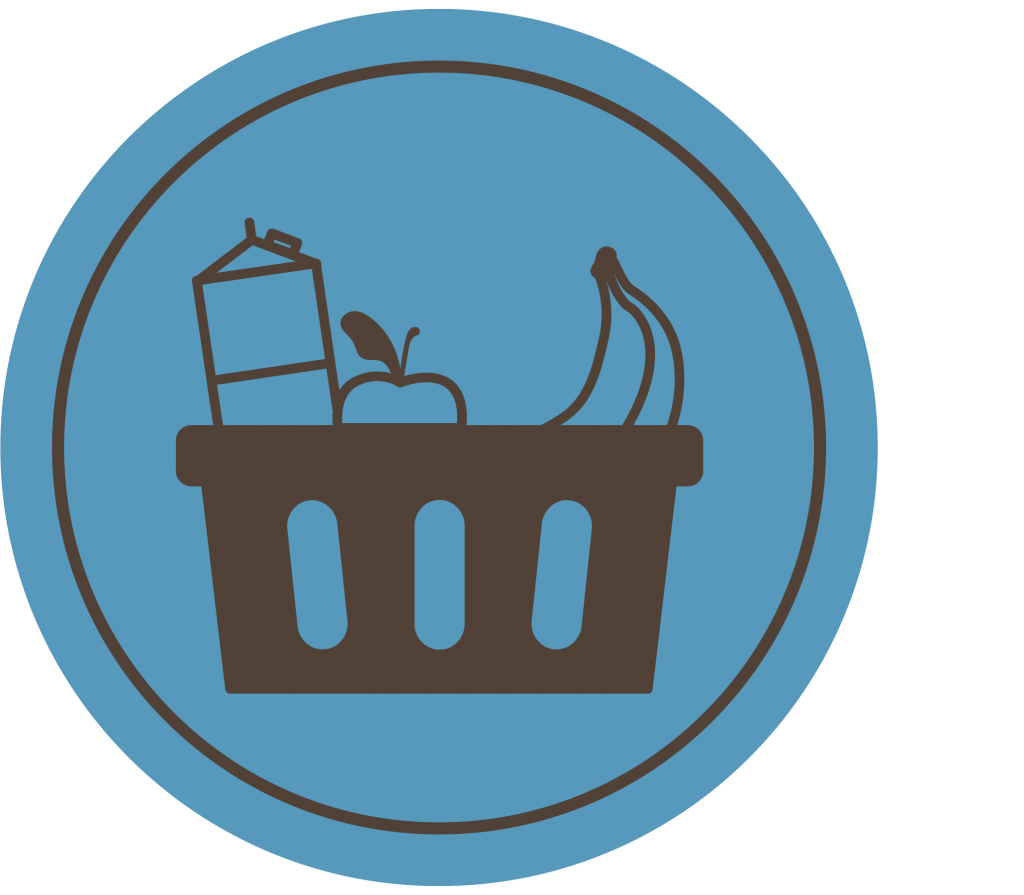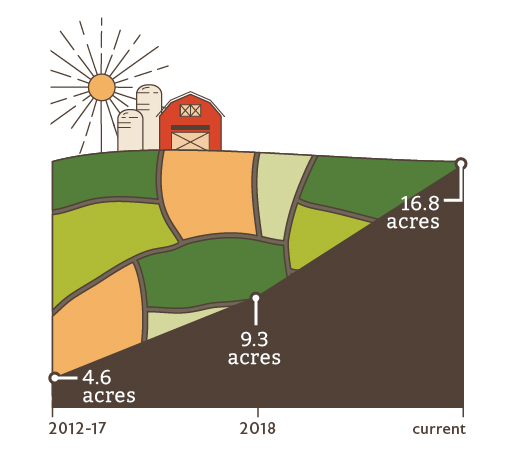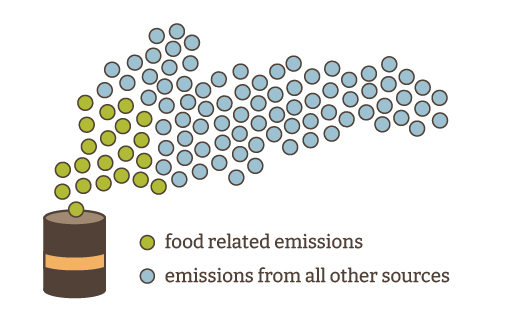For Austin to be a thriving, equitable, and ecologically resilient community, it must have a healthy and just local food system. Growing, selling, eating, and recovering food locally creates jobs, strengthens the economy, improves public health, and reduces transportation impacts.
RECENT NEWS
October 10, 2024
September 18, 2024
June 10, 2024




 Programs and Initiatives
Programs and Initiatives Helpful Resources
Helpful Resources Research and Reports
Research and Reports





